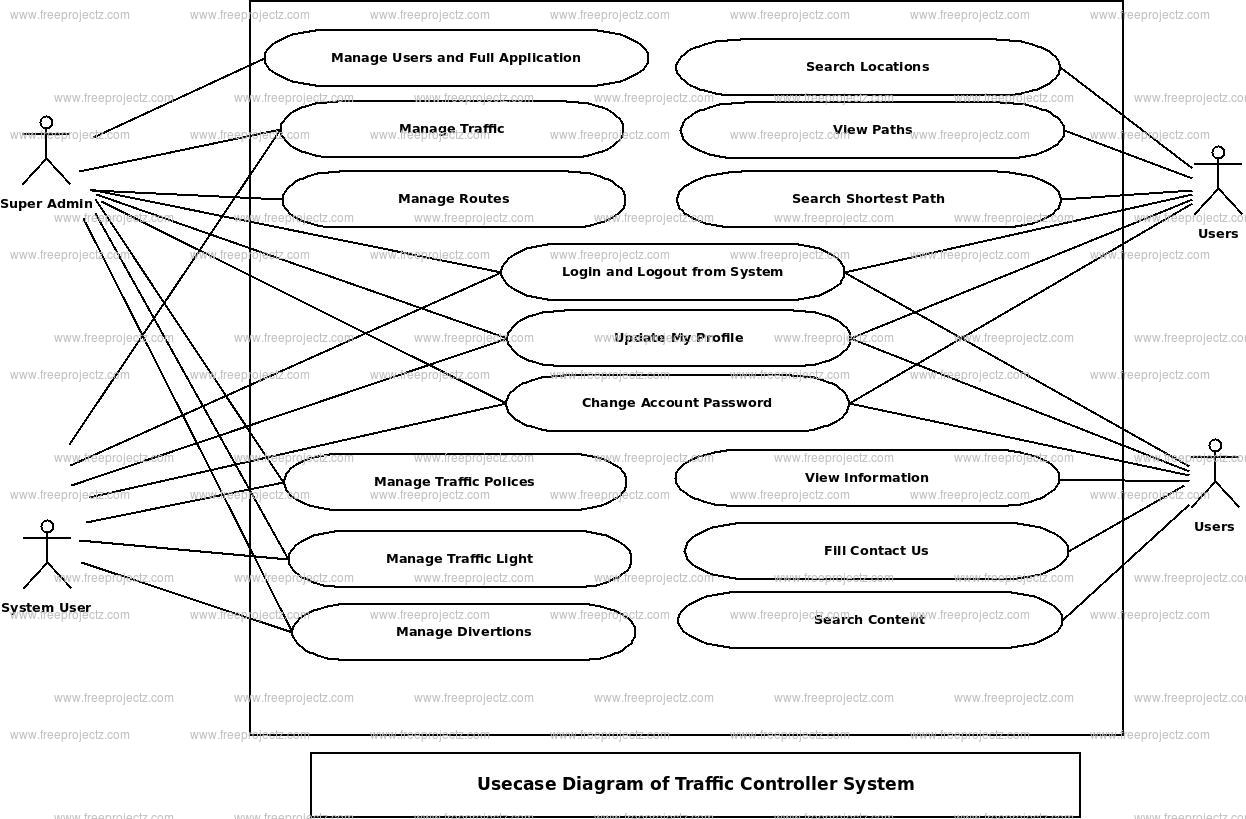Mastering the Dance of Traffic: Unveiling the Crucial Role of a Traffic Controller
In the world of bustling streets and crowded intersections, the role of a traffic controller emerges as a pivotal one in ensuring the smooth flow of vehicles and pedestrians. A traffic controller serves as the maestro orchestrating the intricate dance of traffic, guiding vehicles with precision and expertise to prevent chaos and maintain order on the roads. Their significance cannot be understated, as they stand at the forefront of managing the ebb and flow of traffic, safeguarding both commuters and pedestrians alike from potential hazards and accidents.
Importance of Traffic Controllers
Traffic controllers play a vital role in ensuring the smooth flow of vehicles on roads and highways. Their primary responsibility is to manage and direct traffic, especially at intersections and construction zones. By guiding https://protrafficcontrol.nl through challenging areas, traffic controllers help prevent accidents and traffic congestion.

One of the key functions of a traffic controller is to enhance road safety for both drivers and pedestrians. By controlling the movement of vehicles and signaling when it is safe to proceed, they reduce the risk of collisions and ensure that everyone reaches their destination unharmed. Their presence is crucial in maintaining order and preventing chaotic situations on the roads.
In addition to safety, traffic controllers also play a significant role in optimizing traffic flow. By coordinating the movement of vehicles, they help minimize delays and improve overall traffic efficiency. Their strategic positioning and timely interventions contribute to a more organized and fluid traffic system, benefiting commuters and the community at large.
Key Responsibilities
A traffic controller plays a pivotal role in ensuring the smooth flow of traffic at intersections. They are responsible for directing vehicles, cyclists, and pedestrians to maintain order and prevent congestion.
In addition, a traffic controller must have a keen eye for detail and excellent communication skills. They signal to drivers when to proceed, stop, or yield, thereby maintaining safety and efficiency on the roads.
Moreover, a traffic controller is tasked with analyzing the flow of traffic, identifying bottlenecks, and implementing strategies to alleviate congestion. Their proactive approach helps in optimizing traffic patterns and enhancing overall traffic management.
Technology Advancements
Technology has revolutionized the role of traffic controllers, providing them with advanced tools to efficiently manage traffic flow. With the advent of sophisticated traffic monitoring systems, controllers can now access real-time data on traffic conditions, enabling them to make informed decisions swiftly.
Furthermore, the integration of artificial intelligence and predictive analytics has empowered traffic controllers to anticipate congestion points and proactively adjust signal timings to alleviate traffic bottlenecks. This proactive approach helps in improving overall traffic flow and reducing commuting times for drivers.
Moreover, the incorporation of smart traffic lights and automated signaling systems has significantly enhanced the precision and effectiveness of traffic control operations. These technological advancements have streamlined the communication between traffic controllers and road users, ultimately leading to enhanced traffic management strategies.